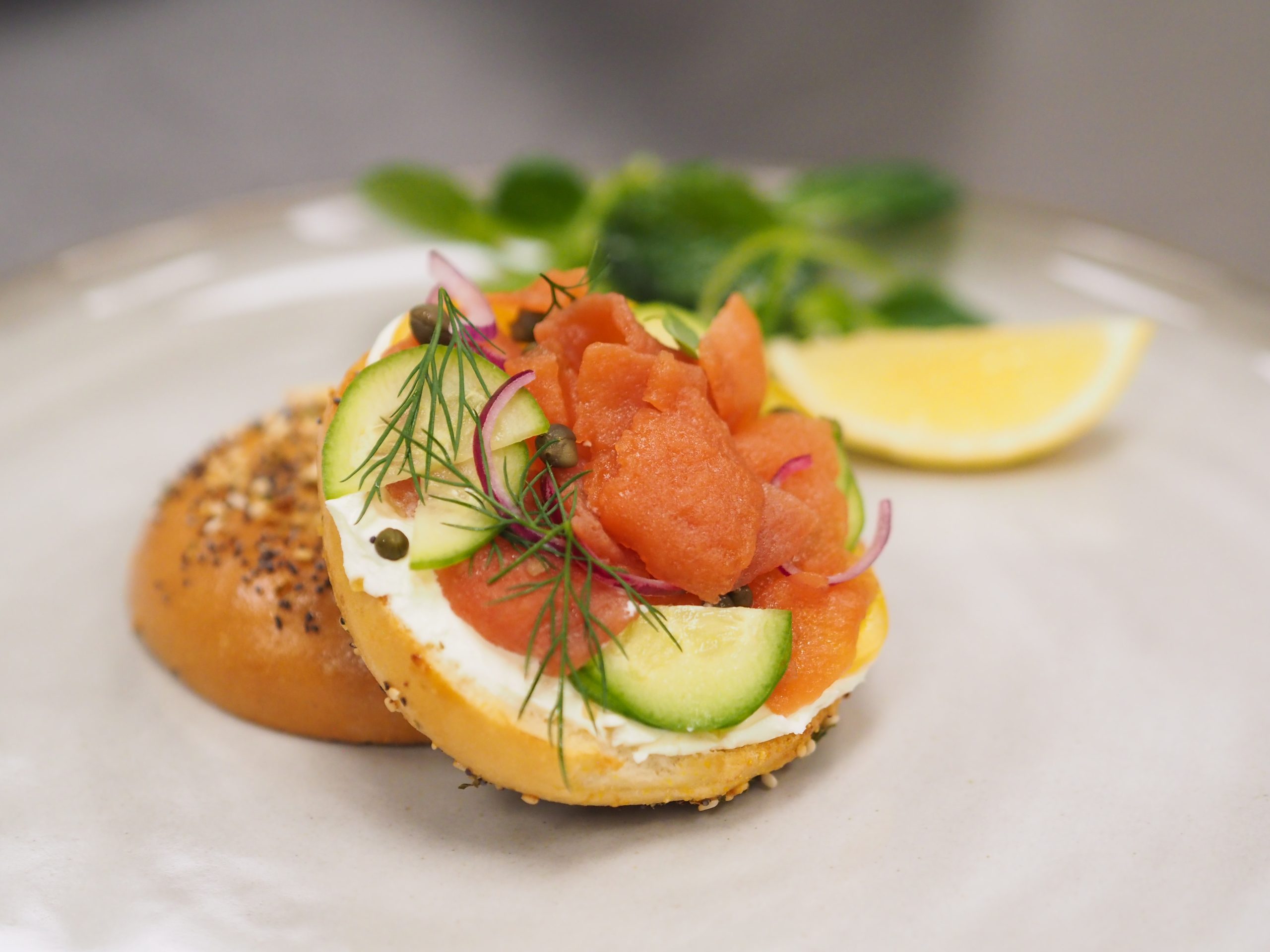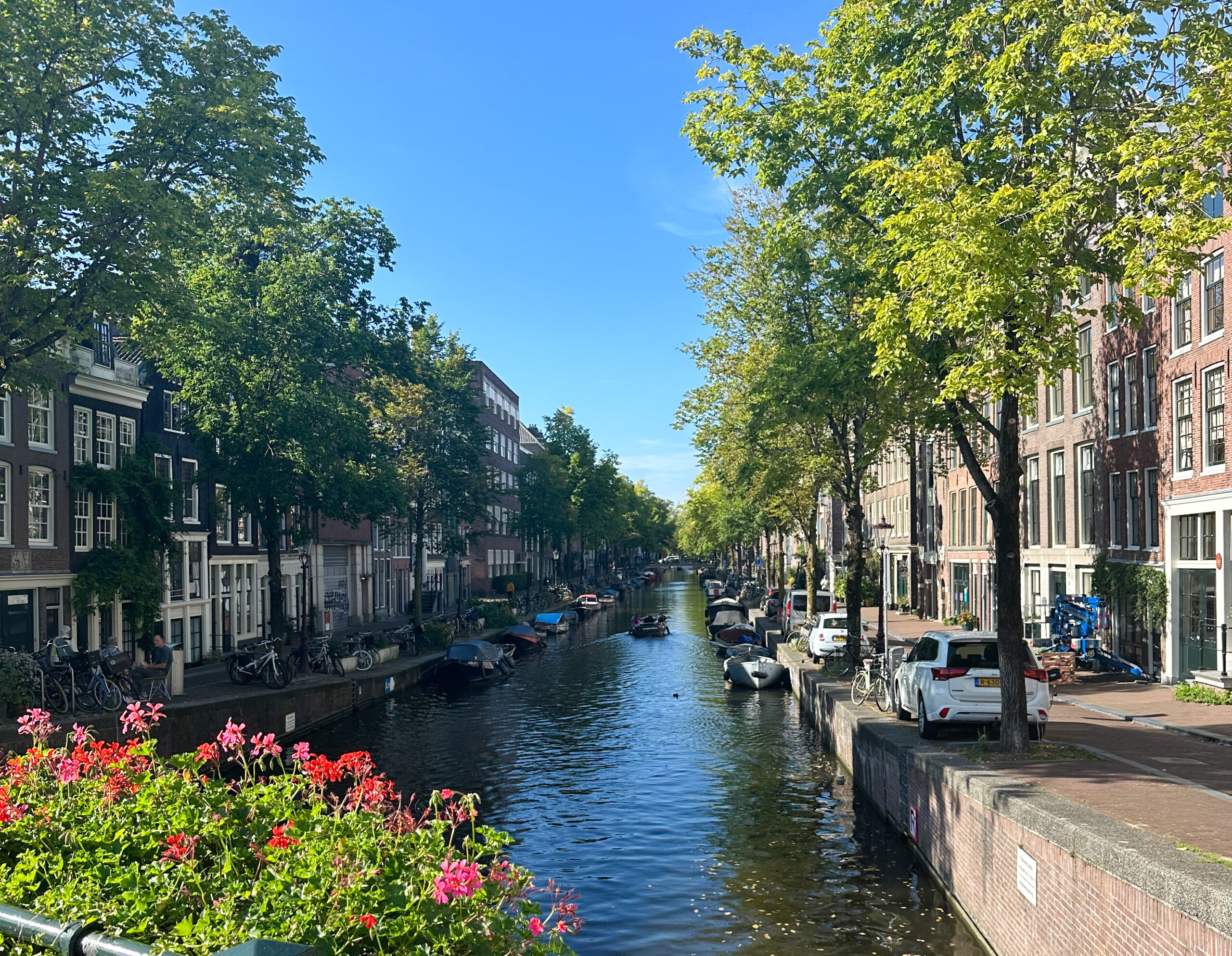Wildtype’s Justin Kolbeck and ProVeg’s Gemma Tadman uncover the future of seafood (minus the sea!)
The seafood sector is a vast and continually expanding industry, currently valued at over USD 257 billion1 and experiencing annual growth.
To illustrate the magnitude of this expansion, global fish consumption has risen by approximately 30% since 1998.2 However, experts anticipate a further 80% increase by the year 2050.3
Furthermore, analysts forecast that the Earth’s oceans will struggle to meet such escalating demands, as more than 90% of ‘fish stocks’ are currently either over-exploited or close to the threshold of unsustainability.4 5

Luckily, innovative food tech brands are working on sustainable alternatives that can meet rising demands for seafood products. These companies produce delicious seafood products from plants and cultivated meat, and through fermentation-enabled technologies.
To learn more about cultivated seafood, the New Food Hub’s Gemma Tadman recently caught up with Justin Kolbeck, the Co-founder of Wildtype Foods.
Watch the 20-minute interview to gain insights on:
- Mitigating the environmental impact of traditional fishing and aquaculture practices with cultivated seafood.
- Matching and surpassing the taste and texture expectations of traditional seafood consumers.
- Overcoming key obstacles in developing cultivated seafood products.
- Pivotal collaborations and partnerships in cultivated seafood.
- Strategies to bridge the gap between innovation and consumer understanding and the adoption of cultivated seafood products.
- Addressing food security challenges on a global scale with cultivated seafood.
Fishing for the future
In a world where the future of food hinges on innovative solutions, Wildtype Foods is a pioneer leading the charge in transforming the seafood landscape.
This interview unveils the passion behind this venture, highlighting the exciting possibilities that cultivated seafood offers for a more sustainable and delicious culinary future.
For more insights into the alternative seafood industry, head to the New Food Hub, and follow us on LinkedIn! You can also get in touch with our experts for direct support at [email protected].
References
- Global seafood market value, (2022). Statista. Available at: https://www.statista.com/statistics/821023/global-seafood-market-value. Accessed 2023-07-11.
- FAO (2022) The State of World Fisheries and Aquaculture 2022. Towards Blue Transformation. Rome, FAO. Available at: https://doi.org/10.4060/cc0461en. Accessed 2023-08-18.
- Naylor, R. L., A. Kishore, U. R. Sumaila, et al. (2021): Blue food demand across geographic and temporal scales. Nature Communications 12(1), 5413. doi:10.1038/s41467-021-25516-4. Accessed 2023-08-10.
- FAO (2020): The State of World Fisheries and Aquaculture 2020. Sustainability in action. Rome. Available at: https://www.fao.org/3/ca9229en/ca9229en.pdf. Accessed 2023-08-24.
- Fish farming and aquaculture, (2020). ProVeg International. Available at: https://proveg.org/five-pros/fish-fishing-and-fish-farming-in-aquacultures/. Accessed 2023-08-24.



